Photographs: Manjulkumar/Wikimedia Commons Akash Prakash
Foreign investors did not lap up the new SBI issue because of deeper worries about public sector banks
The recent qualified institutional placement issue by State Bank of India (SBI) was unfortunately a flop.
The bank raised $1.2 billion as against the target of $1.5 billion. Less than $250 million was taken up by foreign institutional investors (FIIs). The post-issue price action was also dismal, with the stock tanking immediately.
This lack of foreign interest was a surprise, since SBI is undoubtedly the best of the public sector banks.
It accounts for about 20 per cent of the banking system and has dominant market shares in government business and foreign exchange as well as strong corporate relationships.
Historically, it has had the best management team among state-controlled banks; its chairman was normally appointed from within the bank itself. There was a time when SBI stock always traded at an FII premium, given foreign ownership limits, and was seen as the single best proxy for the Indian economy.
…
The dismal state of India's public sector banks
Photographs: Manjulkumar/Wikimedia Commons
The recent lack of interest has nothing to do with SBI in particular; it reflects a general disenchantment with public sector banks. First of all, investors have by now figured that the public sector banks are seriously undercapitalised.
Most credible market analysts estimate that the public sector banks will need at least $35 billion to $40 billion of new capital just to fund risk asset growth of 15 to 18 per cent and meet the new tougher capital norms being put in place by the Reserve Bank of India, or RBI (Basel-III, counter-cyclical buffers and systematically important institutions).
This capital requirement would rise to almost $80 billion, according to Credit Suisse, if you wanted to repair the balance sheets of these banks and take impaired asset coverage up to 70 per cent. All this capital has to be raised in the coming three or four years.
There is no way the government can fund this; there is simply no fiscal capacity. Nor do investors want to stand in front of this freight train, since the capital needs for most banks are greater than their current market capitalisation.
…
The dismal state of India's public sector banks
Photographs: Reuters
Since these banks are mostly trading below their book value, any capital raise will dilute book value and earnings. The more the capital that is raised, the more book value will get diluted and decline in per share terms — and thus the more expensive these banks will look. Why would an investor want to own these stocks today when they are almost guaranteed to be diluted in the coming years?
However, if this capital is not found, who will fund the Indian economy? The internal capital generation of these banks will not support credit growth of more than 10 per cent -- and we are talking about 70 per cent of the Indian banking system.
The large Indian companies may access international capital markets and disintermediate the banks, but the small and mid-sized companies will see their credit supply choked.
It is precisely these smaller companies that underpin our exports, employment generation and economic growth. Even if animal spirits revive after the elections, we do not seem to have the capacity to fund a revival.
…
The dismal state of India's public sector banks
Photographs: Reuters
In the last cycle of weak asset quality and capital shortage (1998-2003), a sharp decline in bond yields helped repair balance sheets. Government bond yields fell from 11.7 per cent in 2001 to five per cent in 2004.
Sitting on a statutory liquidity ratio book of over 35 per cent of assets, these public sector banks booked bond gains of more than Rs 35,000 crore (70 per cent of the year 2000 system book value, according to Morgan Stanley).
This windfall allowed the public sector banks to recapitalise. Such bond gains are very unlikely this time around since yields are lower, bond portfolios are smaller and the duration is truncated. Thus, we will have to raise capital from the market.
The quality of loan underwriting in this cycle has also been very weak and there is great investor discomfort on this score. More than 12 per cent of the loan book is impaired for the public sector banks and provision coverage is now below 50 per cent.
This is when most investors believe that many of the problem assets are yet to be recognised by the system. These banks continue to increase their exposure to the problem areas of power and infrastructure and, thanks to the RBI’s liberal view of provisioning for these sectors, many banks continue to “extend and pretend”.
...
The dismal state of India's public sector banks
Photographs: Reuters
Many analysts are calling for impaired loans to increase to almost 15 per cent before the cycle turns. The asset quality divergence between the public sector and private banks has been stark.
Moreover, the public sector banks have serious profitability issues. Their return on assets for this year is unlikely to cross 0.7 per cent, which means return on equity of less than 10 per cent.
Given the headwinds on wages, pensions and provisioning requirements, there is no visibility on either return on assets crossing one per cent or return on equity reaching 15 per cent anytime soon. Even the poor numbers being reported today are probably overstated.
For instance, about 35 per cent of SBI’s profit before taxes comes from accrued interest on both power loans and restructured loans, according to Morgan Stanley. The numbers for other public sector banks are even higher. This is non-cash earnings and something that may have to be reversed if these loans slip.
In most investors’ minds, public sector banks are structural market-share losers. Hamstrung by government interference in day-to-day decisions, unable to compensate senior management adequately, and without stability and tenure of top leadership, how do you expect them to compete?
They also have a huge human resources challenge ahead of them, with almost 20 per cent of their workforce retiring in the coming two years. Two-thirds of all employees of the rank of deputy general manager and above will retire. How will you replace them, given you have no ability to hire laterally? And whoever is left in the middle management team will be easy game for the new private sector bank licencees.
...
The dismal state of India's public sector banks
Photographs: Reuters
Public sector banks in India account for more than 70 per cent of the country’s banking system. We cannot fund our growth without them. They are capital-deficient and do not have the ability to earn their way out of their capital hole.
Someone will have to provide them upwards of $30 billion of capital. This someone is unlikely to be the government of India. Investors are reluctant to cough up this capital without some very deep-rooted changes in the way these institutions function and are governed.
Beyond inflation, RBI Governor Raghuram Rajan’s biggest challenge will be to put in place the systemic changes needed to attract this amount of capital.
The purpose of this piece is not to bash India’s public sector banks. They have some very good people, but are being choked by the government in terms of both capital and operational freedom.
We have seen across sectors that public sector undertakings ultimately succumb to private sector competition if they are not allowed to compete on a level playing field.
This cannot be allowed to happen to public sector banks. They are too important to the economy.
The writer is at Amansa Capital.
The dismal state of India's public sector banks
Photographs: Wikimedia Commons
Public sector banks in India account for more than 70 per cent of the country’s banking system. We cannot fund our growth without them. They are capital-deficient and do not have the ability to earn their way out of their capital hole.
Someone will have to provide them upwards of $30 billion of capital. This someone is unlikely to be the government of India. Investors are reluctant to cough up this capital without some very deep-rooted changes in the way these institutions function and are governed.
Beyond inflation, RBI Governor Raghuram Rajan’s biggest challenge will be to put in place the systemic changes needed to attract this amount of capital.
The purpose of this piece is not to bash India’s public sector banks. They have some very good people, but are being choked by the government in terms of both capital and operational freedom.
We have seen across sectors that public sector undertakings ultimately succumb to private sector competition if they are not allowed to compete on a level playing field.
This cannot be allowed to happen to public sector banks. They are too important to the economy.
Akash Prakash is at Amansa Capital.


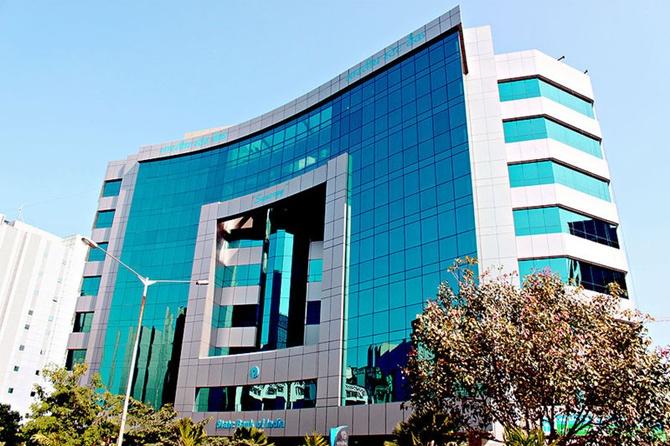
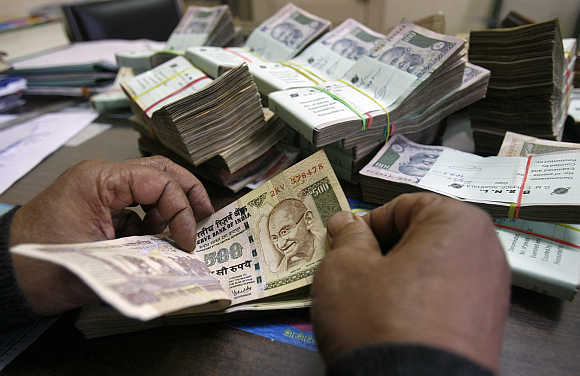
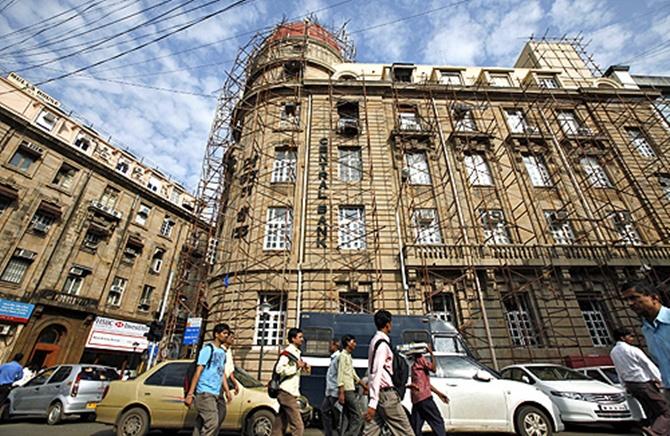
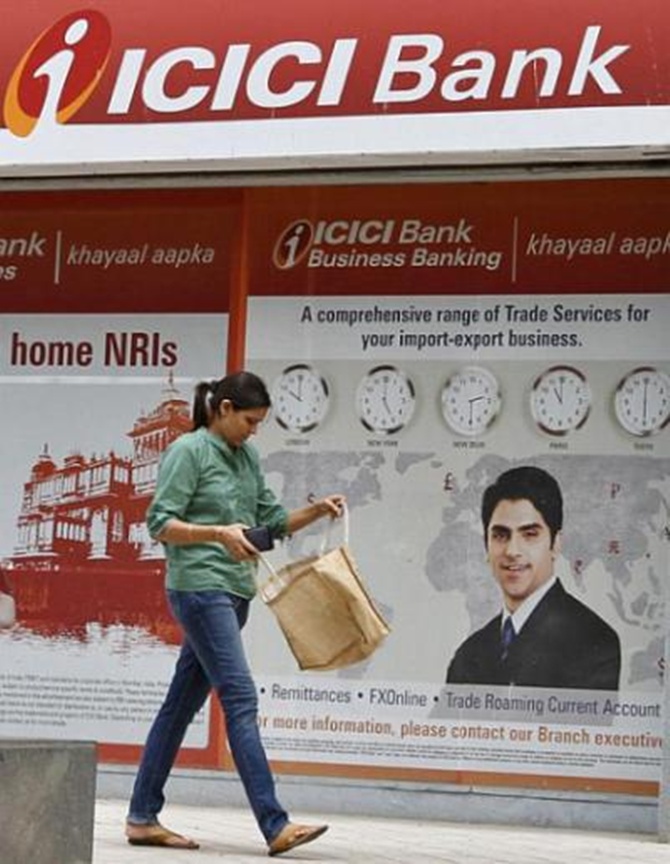
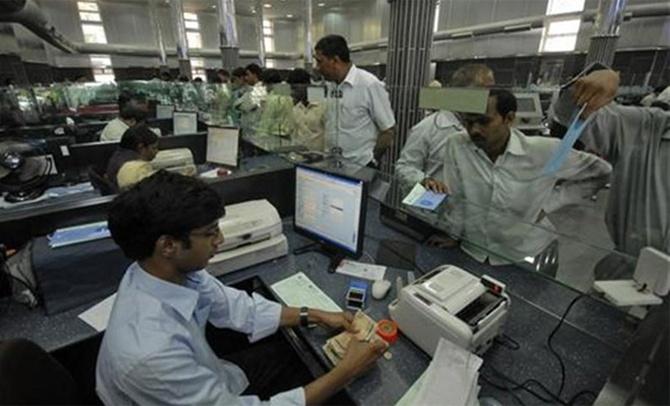
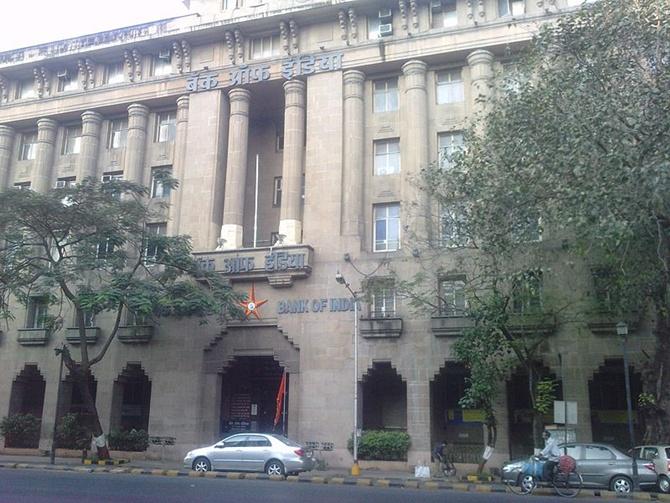

article